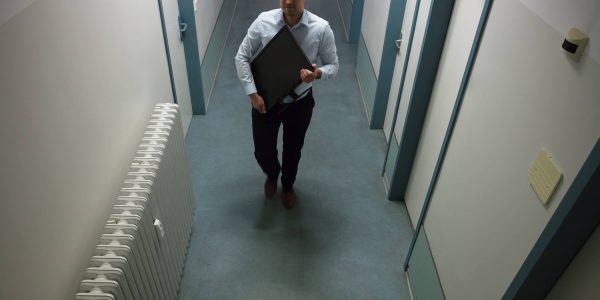Navigating Employee CCTV Monitoring
In the face of security concerns, your business may be resorting to CCTV systems for employee monitoring. But is this practice beneficial and, more importantly, is it lawful? In our latest blog, we’re here to guide you through the labyrinth of legal compliance.
Why Use CCTV Monitoring?
Businesses adopt CCTV surveillance for various reasons: preventing theft or misconduct, ensuring legal compliance, to enhancing productivity. Yet, it’s important to balance these interests with employee privacy rights.
Compliance
CCTV usage in the workplace should align with the seven principles of the UK GDPR, which includes identifying a lawful basis for processing individuals’ personal data. Employers may struggle to get genuine consent, making a ‘legitimate interests assessment’ (LIA) essential.
Fairness, Transparency, Purpose, and Implementation
Introducing CCTV monitoring requires considering its fairness (handling data in a way people would expect), transparency (clear signage and communication about monitoring), and purpose limitation (defining clear purposes for data processing). Carrying out an LIA helps pinpoint the risks associated with data processing and feeds into a Data Protection Impact Assessment (DPIA). This lays the groundwork for consulting the workforce and informing them about the coming changes.
Policy
A clear CCTV policy, detailing monitoring’s purpose, and extent, assures employees are aware and understand the process. This may cover potential disciplinary action arising from captured footage. Monitoring should be restricted to areas where the expectation of privacy is low, avoiding personal spaces like changing rooms or toilets unless extenuating circumstances justify it.
Covert Monitoring
Covert and audio monitoring present greater legal challenges and should only be considered under rare circumstances, with legal advice.
Arm Yourself with Knowledge
Additional resources like the Information Commissioner’s Office checklist and the Surveillance Camera Code of Practice on the gov.uk website provide further guidance.
At Circle Insurance, we believe in the power of informed decision-making. This case study aims to help businesses understand and navigate the complexities of CCTV monitoring in the workplace, balancing the need for security with legal compliance.
For any queries relating to this issue – or any other issue(s) discussed in our blogs – please get in touch with us at: insurance@circlegroup.co.uk.
Original Case Study, accredited to RRADAR.
In the face of security concerns, your business may be resorting to CCTV systems for employee monitoring. But is this practice beneficial and, more importantly, is it lawful? In our latest blog, we’re here to guide you through the labyrinth
For many apartment owners and tenants, balconies are treasured spaces. They offer a breath of fresh air in the urban jungle, a spot for leisurely breakfasts, and a place for socialising. However, it’s vital to not forget the fire risks
For many apartment owners and tenants, balconies are treasured spaces. They offer a breath of fresh air in the urban jungle, a spot for leisurely breakfasts, and a place for socialising. However, it’s vital to not forget the fire risks


